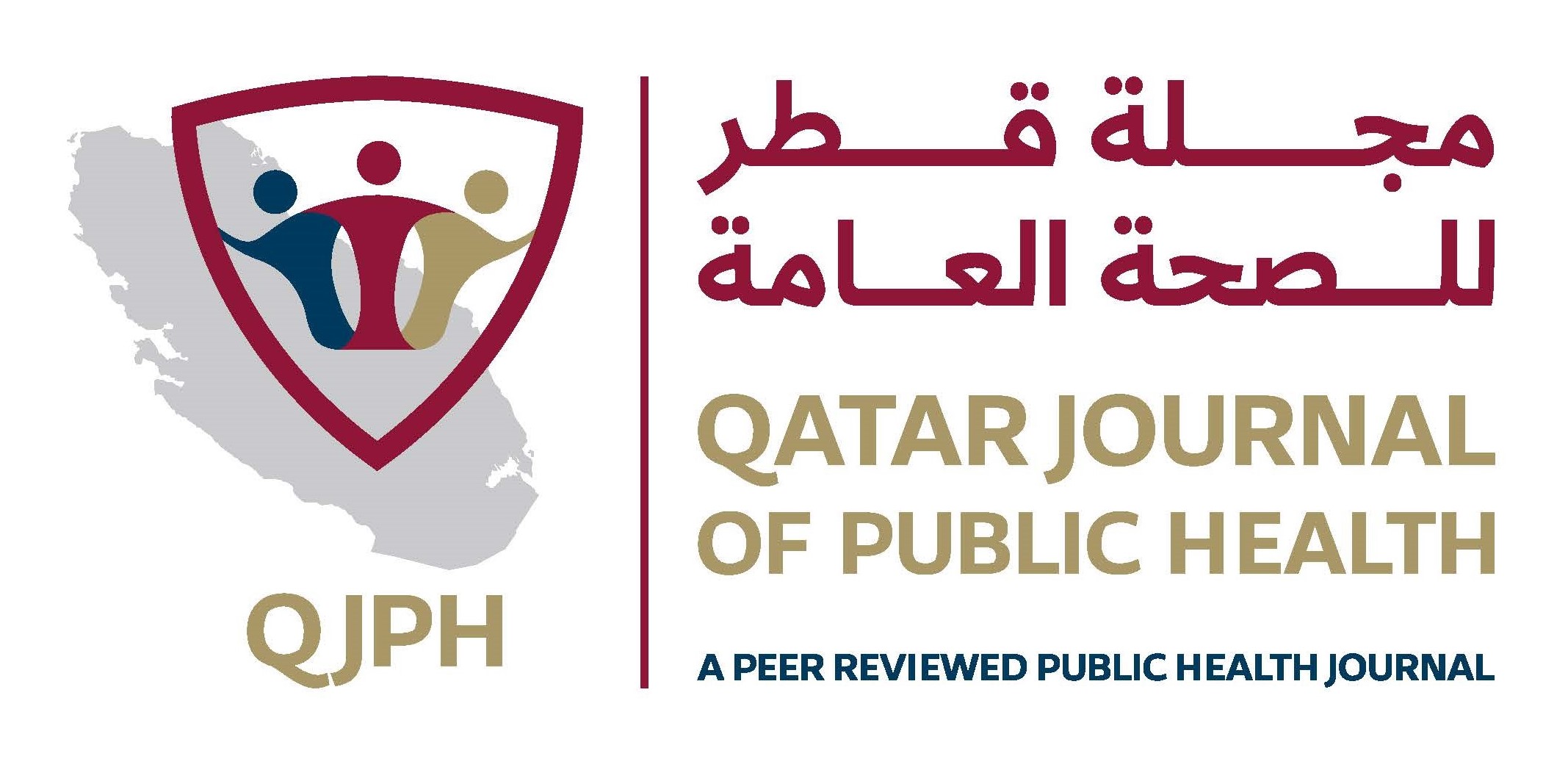-
oa A diagnostic journey: Unraveling von Willebrand disease in a child with inconclusive initial testing
- Source: Qatar Journal of Public Health, Volume 2024, Issue 2, سبتمبر ٢٠٢٤, 13
-
- ١٢ يونيو ٢٠٢٤
- ٢٠ أغسطس ٢٠٢٤
- ٢٤ سبتمبر ٢٠٢٤
- السابق المقالة
- جدول المحتويات
- التالي المقالة
ملخص
Background: Epistaxis attacks in childhood are an important reason for pediatric emergency visits, most of which are minor and infrequent. However, recurrent epistaxis can be a sign of an underlying bleeding disorder such as von Willebrand disease. This case report highlights controversies and obstacles that may arise during the diagnostic process, hindering a clear confirmation.
Case presentation: An eight-year-old boy, who had a history of recurrent epistaxis and easy bruising since infancy, was presented to the Pediatric Emergency Department of Al Khor Hospital for a repeat episode of nosebleed. Local examination showed dilated capillaries in addition to nasal bleeding signs. Family history revealed similar past complaints in both his brother and his father. Previous epistaxis attacks were mostly left-sided. Blood workups were not diagnostic. Later, repeated blood tests led by high clinical suspicion resulted in the diagnosis of von Willebrand disease. The new diagnosis had a direct effect on the patient’s bleeding management. Nose bleeds peaked in frequency and severity over the next two years and decreased remarkably thereafter, the same pattern as before in the father and older brother.
Discussion: The heterogeneous nature of von Willebrand disease, overlapping with the healthy population, creates a diagnostic dilemma. Therefore, balanced diagnostic approach is crucial. Bleeding history and family history provide invaluable clues but are not definitive. The blood workups may struggle with the variations in function and fluctuating levels of the von Willebrand factor molecule. Although genetic testing is helpful in some cases, it has its limitations.
Conclusion: The diagnosis of von Willebrand’s disease generally follows the traditional approach. It begins with a detailed bleeding history combined with a focused family history that pinpoints potential cases, followed by blood testing. However, interpretation of blood workups can be challenging due to the patient-to-patient and within-patient variability of the disease, the wide panel of investigations, and the different cutoff levels in different guidelines. Despite all this, testing is irreplaceable. Management of bleeding should begin immediately and should not be affected by inconclusive blood workups.



